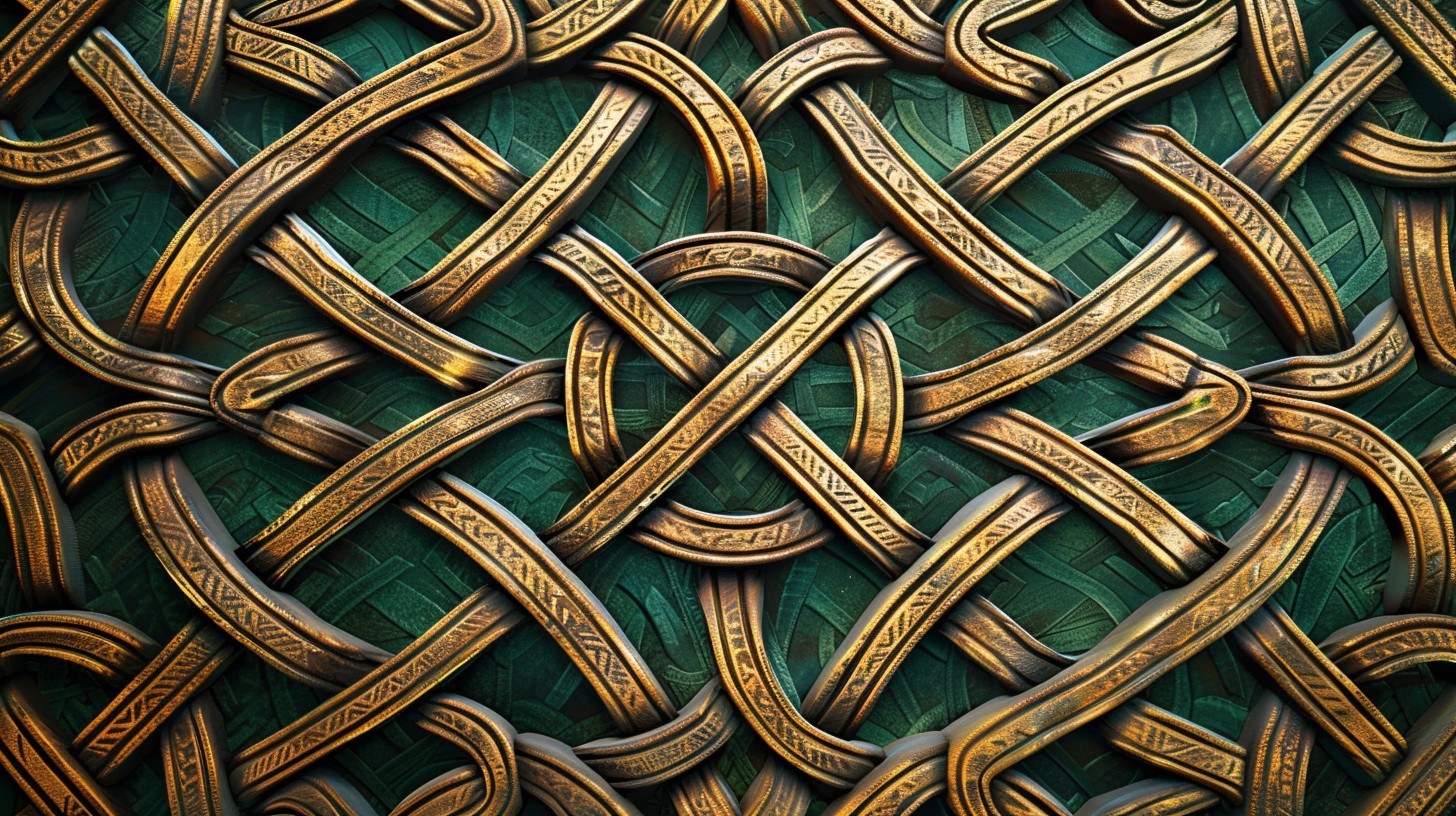The Maamtrasna Murders: Injustice & Malicious Prosecution

About four months prior, 18 Aug 1882, the residents of Maamtrasna awoke to a horrific scene. The tiny village was extremely isolated, on the Co. Mayo / Co. Galway border. It consisted of roughly twenty sparse cottages about 70 km from Galway City with local residents numbering near 100. The area was "bilingual" in a sense - with some speakers of both English and Irish, but the majority only Irish.
That morning, a neighbour called John Collins, walked over to the Joyce home to ask a favour. He quickly noted something was amiss; the front door had been smashed in. Cautiously entering the home he came upon the unclothed and clearly deceased patriarch, John Joyce. Quickly retreating, Collins returned a short time later with several other townspeople and again entered the home.
In terms of potential motives, it seemed there was no shortage. John Joyce was suspected of stealing sheep in the surrounding area. He was also said to be a member of a secret society and had been hounded by rumours that he'd stolen from their coffers. Another was that retribution was sought on his mother for informing on a double-murder in the recent past. All these shared a backdrop of land related disputes and agitation which may have been a factor.
All ten suspects were remanded to Galway Gaol with each isolated from the rest. The trial venue was changed to Dublin, with the stated aim of assembling an impartial jury - commencing 1 Nov 1882. Accordingly, all ten were moved to Kilmainham.
Prosecutors felt tremendous pressure for a quick conviction since the worldwide press was now covering the story. Defense solicitor Henry Concannon was appointed to represent the accused. Concannon only spoke English and the majority of defendants only Irish. They could neither understand the procedings, or defend themselves. A local guard was finally appointed as interpreter, itself a major conflict of interest.One defendant, Anthony Philbin, despite himself having an extremely solid alibi came forward with concocted evidence, naming the three who'd entered the home and committed the murders. They were, Patrick Joyce, his brother Myles Joyce and his nephew Patrick Casey. Another defendant, Tom Casey, was adamant that while he himself was present at the Joyce home, Philbin was not. Further he claimed that the murderers were still living freely in Maamtrasna. It was only under threat of the hangman that Casey agreed to support Philbin's telling.
During the trial Philbin indicated that Patrick Joyce had entered the home with a revolver, followed by Casey and Myles Joyce. Casey's testimony caused some confusion as it contradicted the informers' version, but this had no impact on what seemed a predetermined outcome. Next up was Patrick Casey his nephew. Myles Joyce was tried last - each of them convicted in a matter of minutes and sentenced to hang.
But on the eve of the 15 Dec 1882 execution, Patrick Joyce, wrote a sworn statement to the court admitting his guilt, offering missing details and proclaiming innocence of Myles Joyce. This failed to derail the procedings. Myles Joyce would still swing from the gallows.

